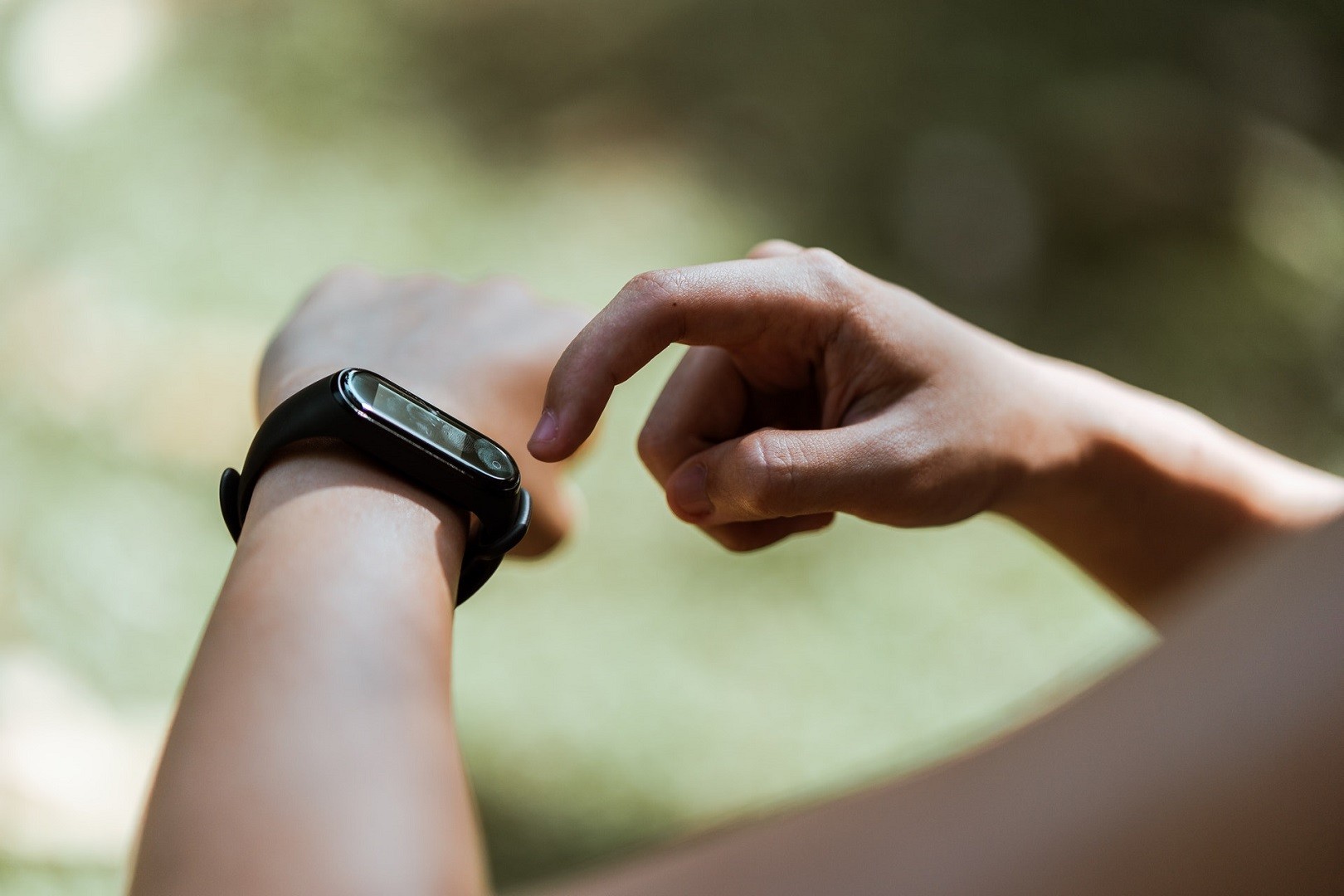
I recently bought my first heart rate monitor. It's pink, it beeps a lot and, best of all, it tells me how many calories I burn in a workout. A heart rate monitor might just become your favourite fitness tool, but how do you choose the right one for you?
What is a Heart Rate Monitor?
A heart rate monitor (HRM) is a device worn on the body that measures your heart rate. Today's heart rate monitors go a step further, with many measuring your calorie expenditure, steps and workout location and route. Some also calculate how long you spent in your target heart rate range.
Most heart rate monitors combine a transmitter, which is worn around the chest, and a watch. The sensors on the chest strap transmit the data to the watch, which then displays the heart rate (displayed in beats per minute e.g. 140) and other units. The reading will fluctuate as you increase or decrease your activity.
Using a Heart Rate Monitor
When using a heart rate monitor for the first time, you'll be prompted to enter your statistics such as your age, weight and height. Using this data, the monitor will then calculate your maximum heart rate. This is important as it will keep you on track and show when you're exercising in the ideal range for weight loss.
Depending on your heart rate monitor, you may need to wet the sensors on the chest strap. Always read the manufacturer's manual when setting up your heart rate monitor.
Choosing a Heart Rate Monitor
Here are a few things to consider when comparing heart rate monitors:
- How will you use it? Are you aspiring to become an elite athlete? If so, you may need more bells and whistles than a standard monitor. However, if you simply want to calculate calories and ensure you're working out hard enough, a simple model will do.
- What features do you need? Compile a list of your must-have features. Do you want the monitor to alert you when you're working in your targeted zone? Will you need to share the monitor with someone else, and hence need one that allows more than one user profile? Are you planning to swim or do you sweat a lot? If so, consider a water-resistant model. If you're an avid walker, you might also like a pedometer to measure steps taken.
- What's your budget? You'll be able to pick up a heart rate monitor for as little as $50 (or less if you buy it second hand), or as much as $300. Usually, the more expensive the monitor, the more features it offers. The latest models sport GPS tracking and other whizz-bang features. It's easy to justify spending just a little bit more, so remember your budget and try to stick to it!
- Does it come in a pretty colour? Ok, this might not seem an important consideration, but I do love showing off my little pink HRM. If a nice-coloured watch is what motivates you to get off the couch and onto the pavement, buy it!
This is a simple guide to choosing and using a heart rate monitor. Perhaps the best way to decide on the right HRM for you is to visit a fitness shop and try a few on. Get a feel for how it works, the features it offers and whether it will give you the boost you need to get more from your workout. Of course, your personal trainer may also be able to give you a personal recommendation.
|
Do you have a natural health & wellness business? |









